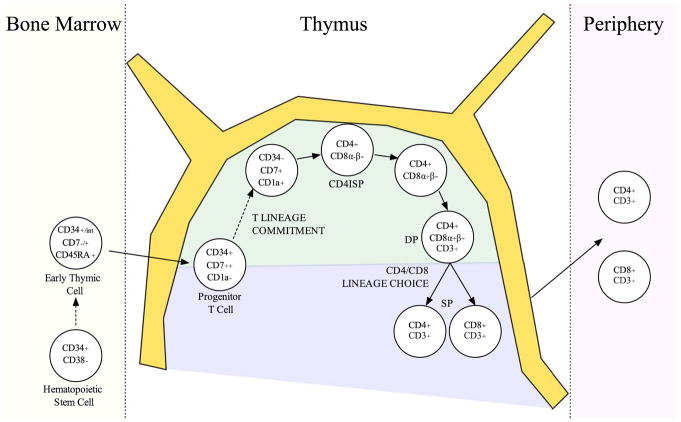Figure 3. Human T cell development in the thymus.
CD34+/int multipotent blood-borne progenitors reconstitute the thymus and pass through distinct stages that are distinguished based on cell surface marker expression and state of TCR rearrangements [9–13]. The earliest intrathymic cells are double negative for CD4 and CD8 expression. Upon induction of intrathymic Notch signals, human thymocytes up-regulate CD7 followed by CD5. The subsequent acquisition of CD1a marks commitment to the T lineage, and thymocytes lose their capacity to generate non-T lineage cells [12, 13]. Expression of CD4, but not CD8, on the cell surface occurs next, marking CD4 immature single positive (CD4ISP) cells. The CD4ISP then develops into a CD4+CD8+ double positive (DP) cell, with CD4+CD8α+β− early DPs preceding CD4+CD8α+β+ late DPs. Following expression of a successful TCRαβ heterodimer, thymocytes undergo positive and negative selection events in the cortex (green) and medulla (blue), respectively. Surviving mature CD4+CD8− and CD4−CD8+ single positive (SP) T cells migrate to the periphery.

